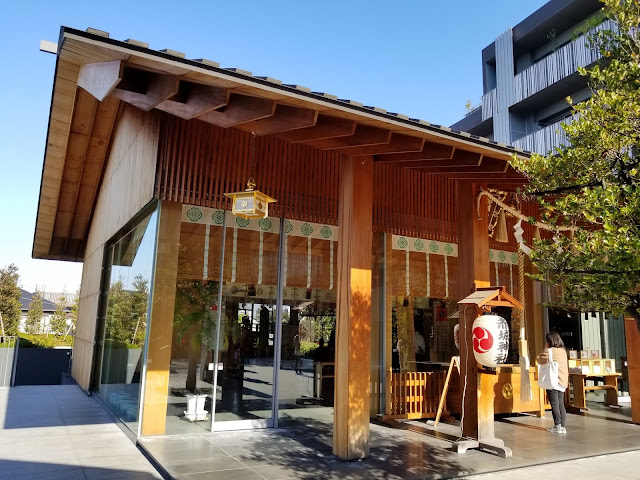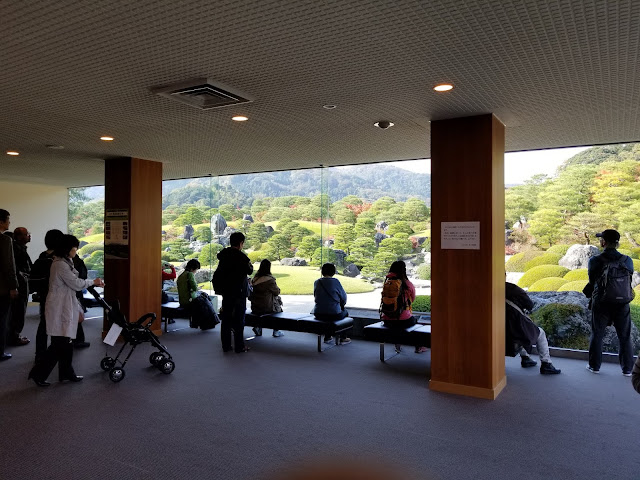Singapore has an extensive, ever expanding, and efficient Mass Rail Transit (MRT) system that can transport you anywhere in this city state. Singapore has a reputation of using heavy fines and imprisonment to deter unwanted behavior. The most famous being the chewing gum ban in 1992, where the importation and use was subject to imprisonment and fines [1].
When I first visited Singapore 30 years ago, there was obvious and extensive signage to deter any unwanted behavior (e.g. peeing in an elevator). Not only was the behavior ubiquitously advertised as an offense, but also was the large fine that could be imposed in order to shape societal behavior. Those types of signs are few and far between in today's Singapore. While the offenses are still law, the heavy handed signage has diminished greatly.
This signage at the Orchard MRT station struck me as being overkill and hearkened back to the signage of the first Singapore visit. While the message of what you're not supposed to do is pretty obvious, the deterrent effect and social behavior of people doesn't always follow the dictates of the authorities, since soon after I took this photo I found people sitting on the steps using their smartphones.
References
[1] Wikipedia. "Chewing gum ban in Singapore". Last modified: 15 Oct 2019. https://en.wikipedia.org/wiki/Chewing_gum_ban_in_Singapore.
Support
- I hope you're enjoying these posts. If you're enjoying them, please go to https://www.facebook.com/ducksoupeasytravel/ and give it a like on Facebook.
- Also if you've been following my food blog, please go to https://www.facebook.com/ducksoupeasy/ and give it a like too.
- Thanks for your continued support and comments.


